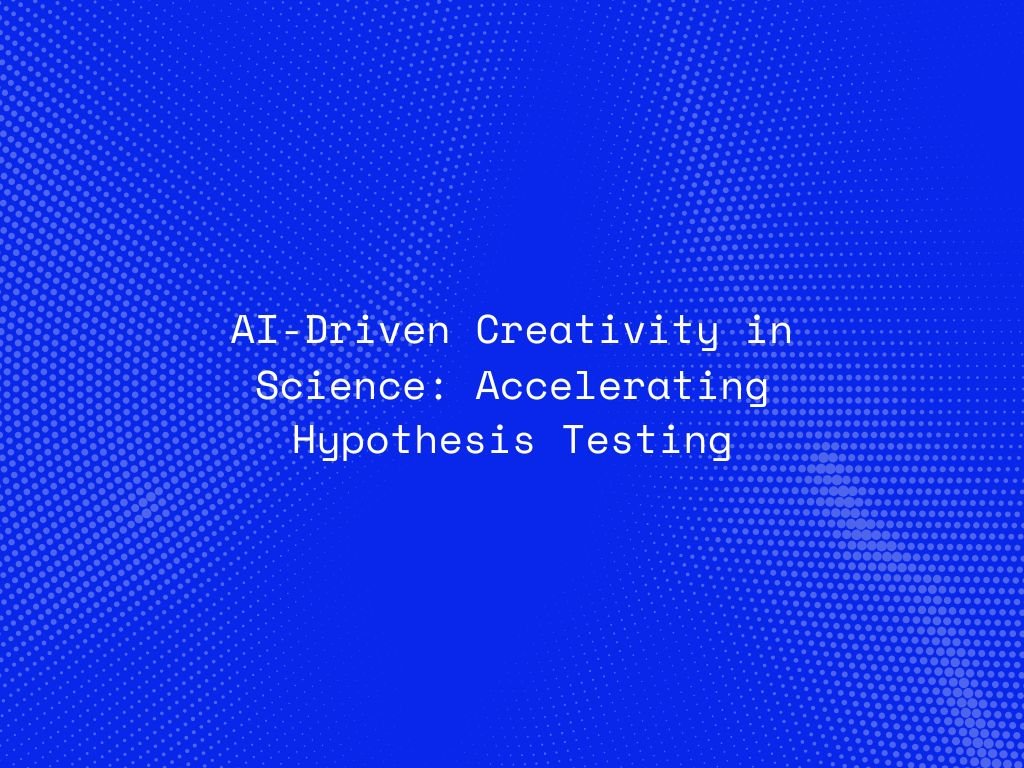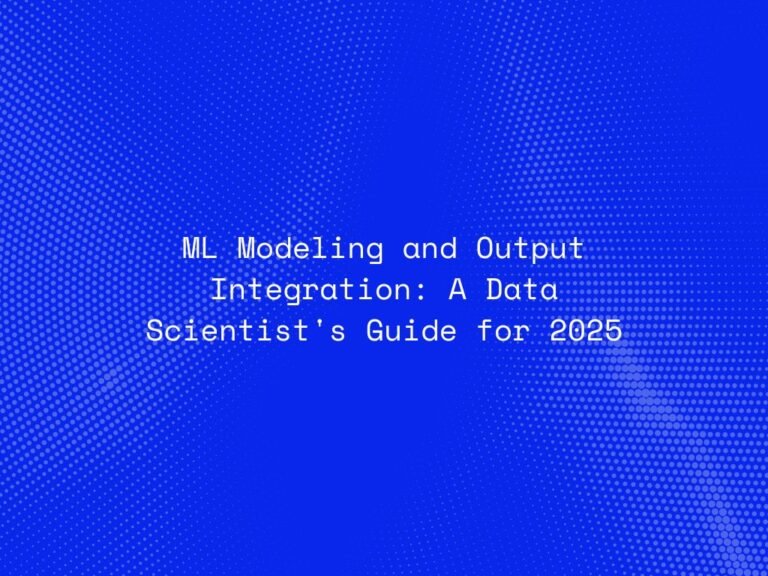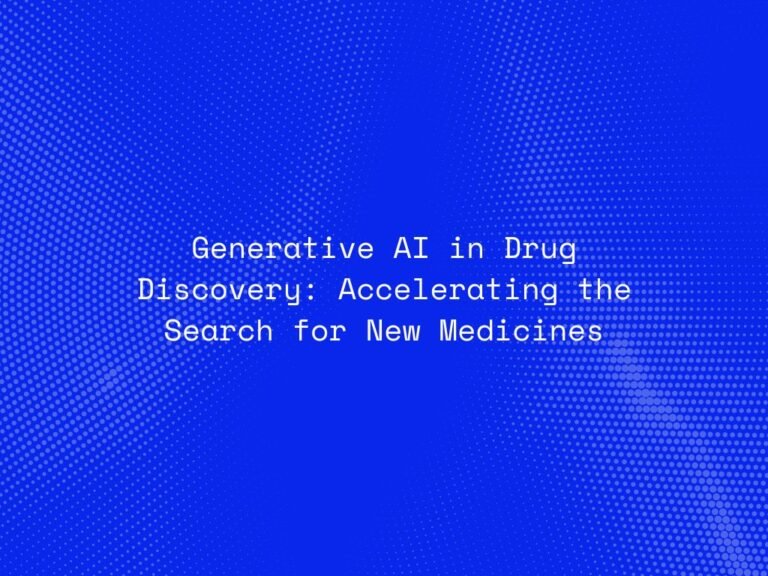Artificial Intelligence (AI) is no longer confined to automating tasks or processing data—it is now becoming a creative collaborator in scientific discovery. Across physics, biology, chemistry, and medicine, AI is helping scientists generate, test, and refine hypotheses faster than ever before. By combining machine learning’s computational power with human intuition, researchers are entering a new era of accelerated innovation and discovery.
Redefining the Scientific Method
Traditionally, scientific progress has been a time-consuming process. Researchers collect data, formulate hypotheses, and then conduct experiments to validate or disprove them. This cycle often takes years. AI is changing this paradigm. Machine learning algorithms can now analyze vast datasets, identify hidden correlations, and even suggest new hypotheses for exploration.
For example, AI systems can scan thousands of scientific papers, extract insights, and detect emerging patterns that might not be immediately apparent to human researchers. This capability allows scientists to move from data collection to hypothesis generation in a fraction of the time, drastically reducing the trial-and-error nature of research.
Automating Hypothesis Generation
AI models, especially those based on deep learning and generative architectures, can autonomously generate potential hypotheses based on existing knowledge. These systems analyze patterns in historical research data and propose new relationships or mechanisms worth testing.
In molecular biology, for instance, AI has helped scientists identify novel protein structures and predict how they might interact with other molecules—work that would otherwise take years of laboratory experimentation. Similarly, in climate science, AI-driven simulations can predict environmental patterns and test hypotheses about the impact of various human activities on global systems.
Accelerating Testing Through Simulation and Modeling
One of AI’s greatest contributions lies in simulation. AI-powered digital twins and predictive models can test hypotheses virtually, allowing researchers to explore thousands of potential outcomes before conducting physical experiments.
In fields such as materials science, AI models predict how new compounds will behave under different conditions, enabling faster discovery of stronger, lighter, or more sustainable materials. In pharmaceutical research, AI simulations help test how a molecule interacts with a biological target, accelerating drug discovery and reducing the need for costly clinical trials.
Enhancing Interdisciplinary Collaboration
AI also serves as a bridge between disciplines. By integrating data across fields—such as genomics, neuroscience, and physics—it uncovers connections that human experts working in isolation might overlook.
This interdisciplinary insight is driving breakthroughs like AI-assisted brain mapping, where algorithms help neuroscientists understand cognitive functions by combining biological data, imaging results, and behavioral models. The result is a more holistic approach to science, where AI acts as a creative engine connecting fragmented knowledge domains.
From Data-Driven to Hypothesis-Driven Research
While data-driven AI has dominated recent years, the next phase of innovation is hypothesis-driven AI—systems that not only process data but also reason about it. These models can propose “why” certain patterns exist rather than merely identifying “what” the patterns are.
For example, AI in astrophysics is now helping explain anomalies in cosmic background radiation, offering new theoretical models that extend beyond traditional data analysis. By integrating reasoning and creativity, AI is transitioning from an analytical assistant to a genuine partner in scientific discovery.
Ethical and Epistemological Considerations
Despite its transformative potential, AI-driven science raises important questions. Can we trust a hypothesis generated by a machine? How transparent are the reasoning processes behind AI-generated theories?
Explainable AI (XAI) plays a crucial role here. As AI systems propose more complex ideas, ensuring interpretability and reproducibility becomes essential for scientific integrity. Researchers must remain vigilant to avoid “black box” discoveries that lack explainable rationale.
The Future of AI-Enabled Discovery
Looking ahead, AI’s role in science will only deepen. We are moving toward fully autonomous research systems—AI agents capable of generating hypotheses, designing experiments, and interpreting results with minimal human intervention.
Organizations such as DeepMind and IBM Research are already exploring AI platforms that combine symbolic reasoning with neural learning to drive theoretical innovation. This shift could lead to the discovery of new materials, medicines, and physical laws that redefine humanity’s understanding of the universe.
Conclusion
AI-driven creativity represents a paradigm shift in how science is conducted. By merging computational precision with generative intelligence, researchers can test more ideas in less time, accelerate discovery cycles, and push the boundaries of human knowledge. The scientists of tomorrow will not work against machines but alongside them—forming partnerships that redefine creativity, inquiry, and discovery itself.




